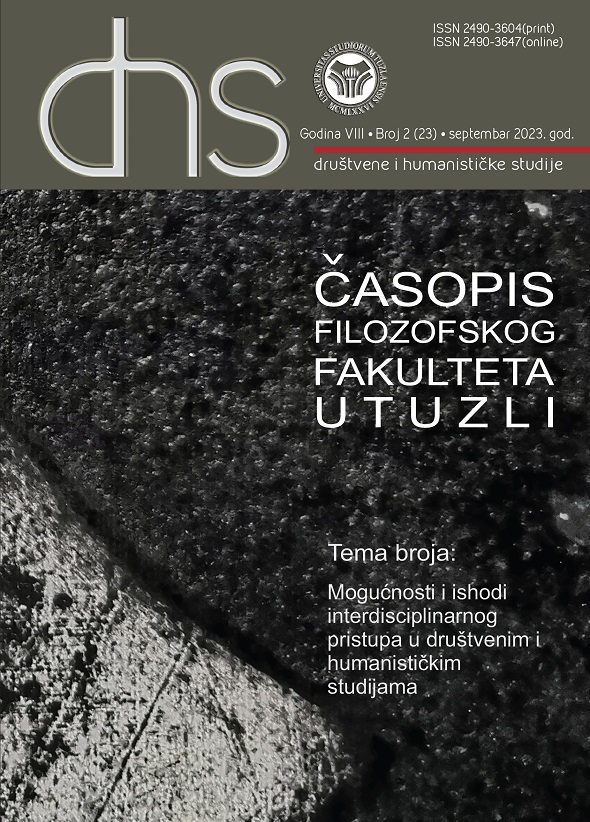Aktuelnost Krležine interpretacije likovnih motiva na bosanskim stećcima
Present-day Importance of Krleža’s Interpretation of Artistic Motifs on Bosnian Medieval Tombstones
Author(s): Senadin MusabegovićSubject(s): Cultural history, Visual Arts, Local History / Microhistory, Social history, Middle Ages
Published by: Filozofski fakultet Univerziteta u Tuzli
Keywords: Krleža; Bosnian medieval tombstone (stećak); Bosnian Church; bogomils; Yugoslavia;
Summary/Abstract: The present text provides an analysis of Krleža’s deliberations on medieval Bosnian art, which are most evidently reflected in his views about the tombstones – the stećci. Back in the 1950s, following Tito’s split with Stalin, Miroslav Krleža organized an exhibition in Paris, France, themed “Medieval Art of Yugoslav Peoples”, placing the tombstones in the center of attention. The reason for this lies in the fact that, in their appearance as monuments, he recognized the heretic efforts of the Bosnian Church, which was persecuted in the Middle Ages by Western Catholicism and Eastern Orthodox Christianity. Similarly, Tito’s Yugoslavia expressed its heretic character by standing up against the Western capitalist bloc – NATO, as well as Stalin’s dogmatism – the Warsaw Pact. The reason for the persecution of the members of the Bosnian Church back in the day was religious, whereas in the 1950s when Yugoslavia was fighting for its independent road towards further building socialism, the split was purely ideological. When the Berlin Wall fell and Yugoslavia was crushed by aggressive nationalist politics, many intellectuals found Krleža’s observations on the importance of the Bosnian medieval tombstones an expression of naïve romanticism, or an ideological construction hiding Tito’s absolute power, and his thirst for power and ethnic balancing. This text attempts to reaffirm Krleža’s deliberations on the tombstones, which, the author of these lines believes have not at all lost their importance, nor do they merely represent “an idealized past”.
Journal: DHS-Društvene i humanističke studije: časopis Filozofskog fakulteta u Tuzli
- Issue Year: XXIII/2023
- Issue No: 23
- Page Range: 129-172
- Page Count: 44
- Language: Bosnian

